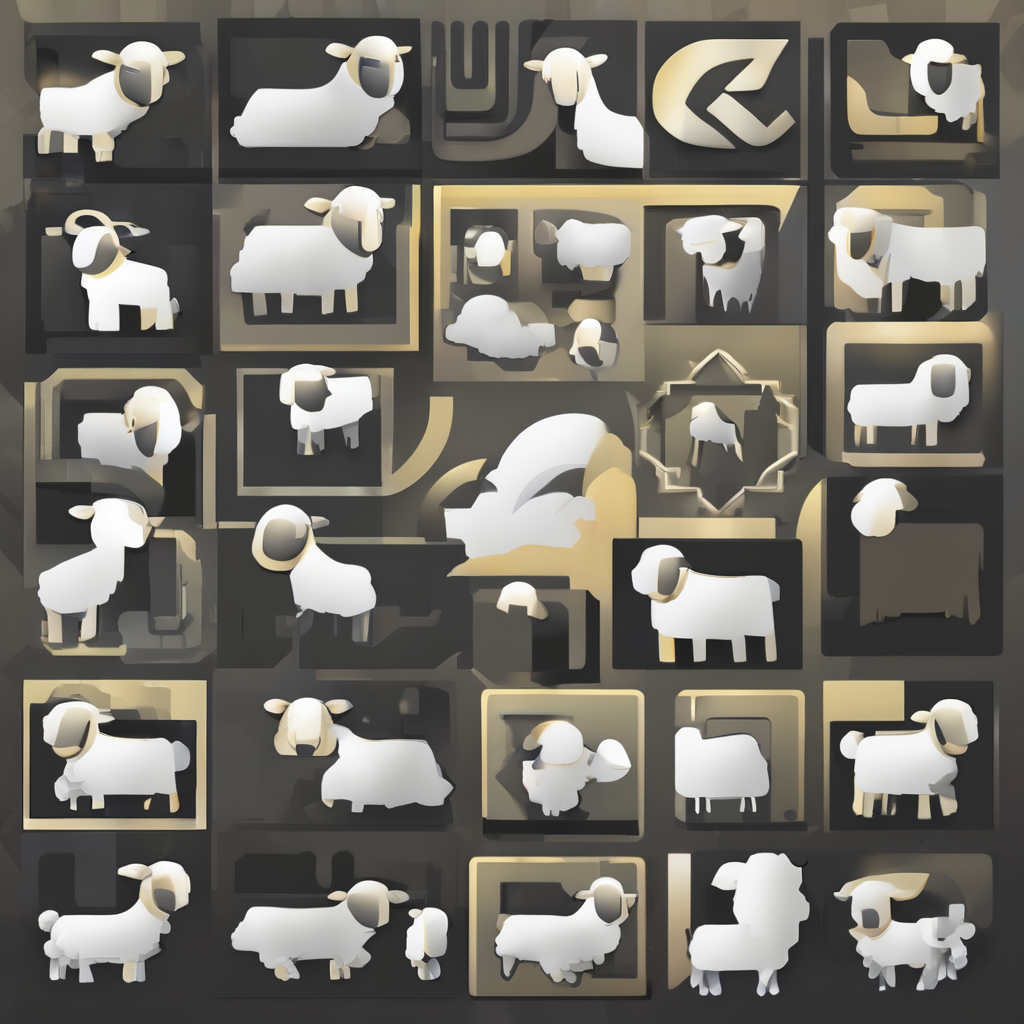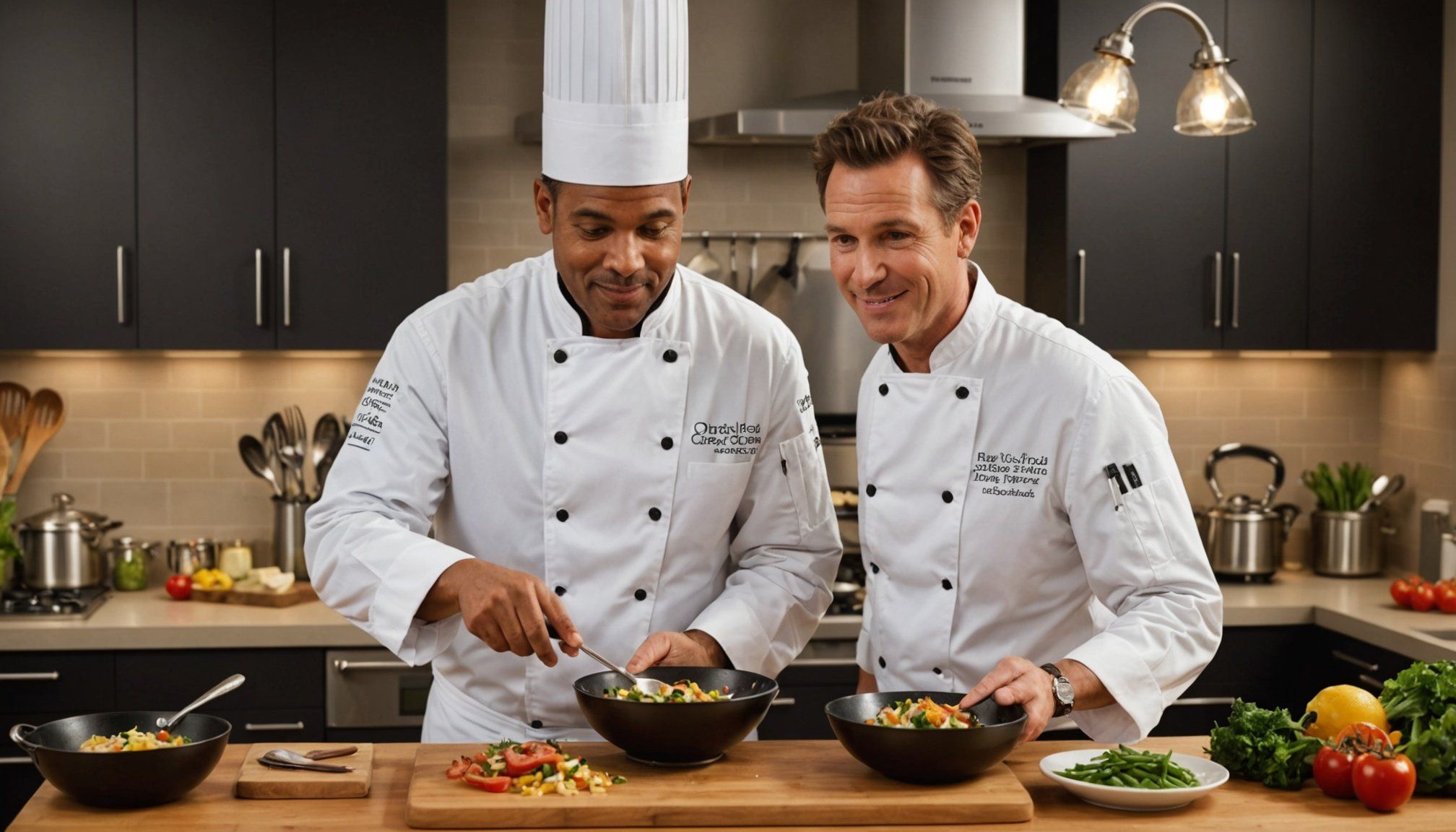Advanced Cooking Techniques
In the realm of advanced cooking methods, professional chefs rely on mastering a variety of sophisticated techniques to elevate the dining experience. These techniques not only enhance flavour and texture, but they also contribute to utterly transforming meals, bringing out the best in every dish.
One such preferred method is sous vide cooking, where food is vacuum-sealed and cooked to precise temperatures in water baths. This technique allows for exceptionally even cooking, maintaining nutrients and ensuring consistent quality. Similarly, learning the nuances of molecular gastronomy can revolutionise your culinary creations, allowing you to experiment with textures and presentations that surprise and delight.
This might interest you : Elevate Your Dishes: Essential Cooking Techniques for Thriving in Uncertain Times
A critical aspect to these methods is achieving the perfect sear, often utilised in restaurants for browning the surface of meats to add richness and depth. This involves understanding the balance between heat and timing, enabling professional chef techniques to come alive in everyday kitchens.
By grasping these advanced cooking methods, both novice and seasoned cooks can confidently craft dishes that not only taste divine but also appear more visually appealing, making each meal an artistic presentation. Mastering these techniques opens a new world of culinary possibilities.
Also read : Master Professional Cooking Skills in the UK for 2024: A Step-by-Step Guide
Innovative Cooking Methods
Delving into innovative culinary approaches opens a new dimension of cooking, blending tradition with modernity. These methods utilise modern cooking equipment to deliver extraordinary results. One standout technique is sous vide, championed for its ability to cook food evenly while preserving nutrients. This precise cooking method involves vacuum-sealing food in a bag and immersing it in a temperature-controlled water bath, allowing for unmatched consistency. It’s a favoured practice for professional chef techniques.
In contrast, molecular gastronomy experiments with the physical and chemical transformations of ingredients. This method expands the horizons of flavour and texture manipulation. By employing techniques such as spherification and gelification, chefs create dishes that defy traditional culinary boundaries. Understanding the principles of molecular gastronomy can elevate a cook’s repertoire to an art form.
Lastly, unleashing the power of high-temperature searing methods adds another layer to culinary innovation. Achieving a perfect sear enhances not just the visual appeal of meats, but also their flavour profile, incorporating a rich, caramelised crust that contrasts with tender interiors. Mastering these advanced methods demands precision, but they offer the transformative power to redefine home cooking.
Step-by-Step Guides to Mastery
Embarking on the journey of mastering advanced cooking methods can transform one’s culinary skills. These structured guides are invaluable, serving as blueprints for culinary success. By closely following detailed instructions, cooks can seamlessly integrate professional chef techniques into their routines. Essential to this process are the tools akin to what top chefs use, like immersion circulators for sous vide, and precision knives for intricate cuts. These tools are crucial to executing advanced techniques accurately.
Moreover, culinary skills enhancements involve practical exercises designed to perfect these methods. For instance, practising the science of emulsification or honing knife skills through repetition enables cooks to refine their expertise profoundly. Each exercise targets specific aspects of cooking, offering beginners and seasoned chefs alike a strategic approach to skill enhancement.
Through consistent practice and a commitment to precision, enthusiasts can courageously tackle complex dishes, enhancing both flavour and presentation. In navigating these step-by-step guides, aspirant chefs not only cultivate an understanding of cooking methodologies but also foster a passion for culinary artistry that transforms meals into memorable creations. Enriching one’s repertoire with these techniques ensures a more dynamic and successful cooking journey.
Practical Tips from Professional Chefs
Delving into professional kitchens reveals countless chef cooking tips that can elevate home cooking. Mastering the art of time management is crucial, enabling cooks to organise their tasks efficiently and reduce stress. By planning and scheduling tasks ahead of time, cooks can enhance productivity.
Key to culinary success is experimenting with flavour combinations. Professional chefs often blend unexpected ingredients to produce bold and exciting flavours. They recommend starting with classic pairs, like tomatoes and basil, and then branching out to try new combinations, elevating dishes beyond the ordinary.
Presentation techniques play an essential role in how meals are perceived. Expert chefs know that the visual appeal of a dish can enhance the dining experience. Simple tricks such as using contrasting colours and arranging food in layers can turn an ordinary meal into a restaurant-quality presentation. They encourage playful experimentation with garnishes and plate designs to create an impressive visual impact.
Incorporating these professional chef techniques into your kitchen practice can boost your confidence and creativity, allowing you to craft meals that not only taste amazing but also look sensational, leaving a lasting impression on family and guests alike.
Real-Life Applications and Recipes
Exploring culinary inspiration through real-life applications breathes life into advanced cooking methods, making them accessible for everyday cooks. Popular recipes, like sous vide salmon and molecular gastronomy-inspired dessert foams, showcase how recipe application brings together traditional and innovative techniques seamlessly. Such recipes illustrate how thoughtful preparation transforms basic ingredients into exquisite dishes.
Profiles of renowned chefs frequently offer insight into their favourite innovative meal preparations. These chefs share personal anecdotes and nuanced techniques that challenge and inspire home cooks. Seeing how professionals incorporate both classic and cutting-edge methods into their kitchens can ignite creativity in adapting these techniques at home.
User-friendly adaptations are essential for bridging the gap between professional kitchens and home cooking. By simplifying complex recipes, home cooks can confidently embark on new culinary adventures. For instance, one might begin by experimenting with a simple sous vide steak, gradually incorporating more sophisticated elements like molecular garnishes.
By embracing these ideas, aspiring chefs can unlock a treasure trove of dishes reflecting both culinary mastery and personal flair. This blend of inspiration and adaptation elevates the cooking process, encouraging a dynamic and ever-evolving kitchen experience.
Visual Learning through Video Demonstrations
Incorporating cooking tutorials into your learning journey can significantly enhance your understanding of complex techniques. Watching professional chefs in action allows you to observe advanced cooking methods and professional chef techniques firsthand. These videos serve as invaluable resources, offering an immersive learning experience that bridges the gap between theory and practice.
Visual aids, such as step-by-step visual guides, provide clarity and precision in demonstrating intricate culinary tasks. They help deconstruct advanced techniques into manageable steps, making seemingly daunting processes accessible to all skill levels. This is particularly beneficial for visual learners who thrive on watching and emulating detailed processes.
Participating in interactive cooking sessions takes this experience a step further, allowing for real-time engagement and feedback. These sessions often include Q&A segments, enabling you to ask specific questions and receive immediate solutions. It’s a dynamic environment where you can solidify your understanding and apply newfound skills in a supportive setting.
Ultimately, these cooking tutorials and interactive opportunities empower you to refine your culinary skills. They present an engaging way to master professional chef techniques, fostering both confidence and creativity in the kitchen. Whether you’re a budding chef or a seasoned cook, visual learning is a potent tool for culinary mastery.



